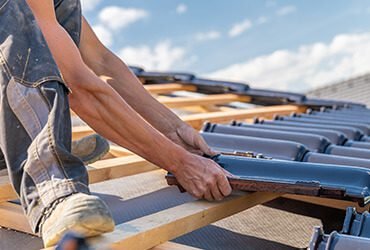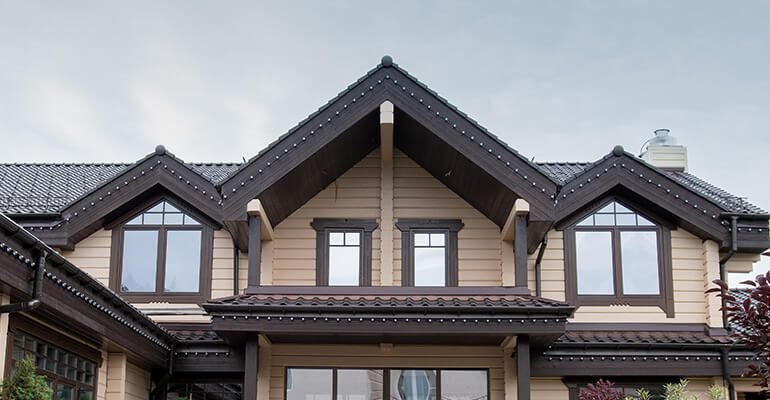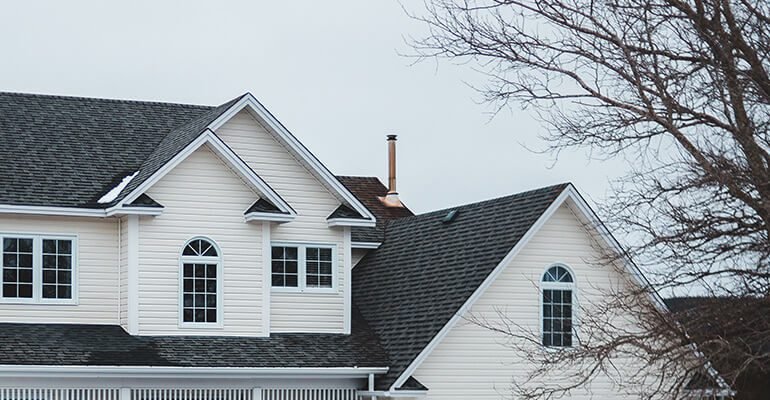Durable Roofing Solutions importance
Durable roofing solutions are an important consideration for any building owner or homeowner. A well designed and installed roof is essential for protecting the structure of the building and its occupants from the elements. In addition, a durable roof can also help to reduce energy costs, improve the overall value of the property, and save money in the long run by reducing the need for costly repairs or replacements.
There are several factors to consider when selecting a durable roofing solution. One important factor is the material used for the roof. Some materials, such as metal and slate, are known for their durability and can last for decades with proper maintenance. Other materials, such as asphalt shingles and rubber roofing, can also be durable options, depending on the specific product and installation method.
Poorly installed roofs are more likely to experience issues such as leaks, structural damage, and premature deterioration.
In addition to the material used, the design and installation of the roof are also critical to its durability. A poorly designed or installed roof is more likely to experience issues such as leaks, structural damage, or premature deterioration. Working with an experienced and reputable roofing contractor can help to ensure that your roof is designed and installed correctly, maximizing its durability and performance.
At Roofplan, we are dedicated to providing durable roofing solutions to our customers. We use only the highest quality materials and employ expert engineers to ensure that every roof we install is done so correctly and to the highest standards. We also offer a range of durable materials to choose from, including metal, slate, asphalt shingles, rubber, and more.


In addition to new roof installations, we also offer repair and maintenance services to help extend the life of your roof. Regular inspections and timely repairs can help to identify and address any issues before they become more serious, helping to maximize the performance and longevity of your roof.
Overall, durable roofing solutions are essential for protecting your home or business and ensuring that it is comfortable, safe, and energy efficient. At Roofplan, we are committed to delivering the best possible roofing solutions to our customers and helping them to get the most value from their investment. So, if you are in need of a new roof or looking to repair or maintain your existing roof, we encourage you to contact us for more information and to schedule a consultation with one of our expert engineers.
Roof maintenance plan
A roof maintenance plan is an essential part of keeping your home or commercial building in good repair. Regular maintenance can extend the life of your roof and prevent costly repairs or replacements in the future. Here is a roof maintenance plan that you can follow to keep your roof in top condition:
Inspect your roof regularly: It is important to inspect your roof at least twice a year, or after any major storms. Look for missing, damaged, or curled shingles, as well as any other signs of wear or damage. Pay particular attention to the areas around vents, chimneys, and flashing. If you are unable to safely inspect your roof on your own, hire a professional to do it for you.
If you notice significant damage to your roof or if you are unsure how to properly maintain it, it is best to hire a professional roofing contractor.
Remove leaves, twigs, and other debris from your roof regularly. These can trap moisture and cause damage to your roof. You can use a roof rake or a leaf blower to remove leaves and other debris from your roof.
Overhanging trees and branches can damage your roof, especially during wind and storms. Trim back any trees or branches that are close to your roof to prevent damage.


If you notice any damage to your roof, it is important to repair it as soon as possible to prevent further damage. This may involve replacing damaged shingles, repairing flashing, or sealing any gaps or cracks.
Proper attic ventilation is important for the health of your roof. It helps to prevent moisture build-up and reduces the risk of ice dams in the winter. Make sure your attic has proper ventilation to keep your roof in good condition.
Installing the new Roofing
Systems by Experts
Installing a new roofing system can be a significant investment, but it is an important aspect of maintaining the integrity and value of your home or business. A new roof can provide improved protection against the elements, enhance the appearance of your property, and increase energy efficiency. In this article, we will discuss the process of installing a new roofing system, including the steps involved and the factors to consider.
Before installing a new roof, it is important to assess the condition of the existing roof. This may involve visually inspecting the roof for signs of damage or wear, such as missing shingles, leaks, or rot, and performing tests to identify any underlying issues. A professional roofing contractor can provide a comprehensive assessment of the roof and recommend the best course of action, whether it be repair or replacement.
Installing a new roofing system is a major undertaking, but it can provide significant benefits for the protection, appearance, and energy efficiency of your home or business.
There are many different types of roofing materials to choose from, including asphalt shingles, metal, tile, and rubber. Each material has its own unique set of benefits and drawbacks, and the right choice will depend on the specific needs and budget of your project.
Before installing a new roof, the roof deck must be prepared to ensure a solid foundation for the new roofing system. This may involve repairing or replacing damaged or rotten decking, adding additional insulation or ventilation, or installing a moisture barrier.


Once the roof deck is prepared, the new roofing material can be installed. This process will vary depending on the type of material being used, but typically involves laying down a base layer of material, such as underlayment or flashing, followed by the top layer of roofing material. It is important to follow proper installation techniques and use the right tools and equipment to ensure a secure and long-lasting roof.
To ensure the longevity and performance of your new roof, it is important to follow a regular maintenance and repair schedule. This may involve cleaning the roof, inspecting for damage, and making repairs as needed. A professional roofing contractor can provide guidance on the appropriate maintenance schedule for your specific roofing material and location.
Roofing and Energy efficiency
Energy efficiency is an important consideration when it comes to roofing, as the right roofing materials and design can help to reduce your energy costs and lower your carbon footprint. Here are eight key points to consider when it comes to roofing and energy efficiency.
Roof design: The design of your roof can impact its energy efficiency. Factors to consider include the slope and pitch of the roof, the direction it faces, and the type of materials used. A sloped roof that faces south can be more energy efficient, as it can help to capture solar energy and reduce the amount of heat entering the home.
Adequate ventilation is essential for a healthy and energy-efficient home. Proper ventilation helps to regulate the temperature and moisture levels in your attic, preventing issues such as mold, rot, and ice dams.
There are several types of roofing materials that are known for their energy efficiency, including metal, rubber, and reflective shingles. Metal roofing is a durable and energy-efficient option, as it reflects sunlight and heat, reducing the amount of energy needed to keep your home comfortable. Rubber roofing is also energy efficient, as it has a high thermal resistance and can help to keep your home cool in the summer. Reflective shingles are another energy-efficient option, as they reflect sunlight and heat, reducing the amount of energy needed to cool your home.
Proper insulation is also important for energy efficiency, as it helps to keep your home warm in the winter and cool in the summer. There are several types of insulation available, including fiberglass, cellulose, and spray foam, each with its own unique properties. Be sure to choose an insulation material that is appropriate for your home and to ensure that it is properly installed for optimal performance.


Adequate ventilation is essential for a healthy and energy-efficient home. Proper ventilation helps to regulate the temperature and moisture levels in your attic, preventing issues such as mold, rot, and ice dams. There are several different types of ventilation systems available, including static vents, wind turbines, and ridge vents.
There are several energy-efficient roofing products available on the market, including solar panels and cool roof coatings. Solar panels can help to generate electricity for your home and reduce your energy costs.





